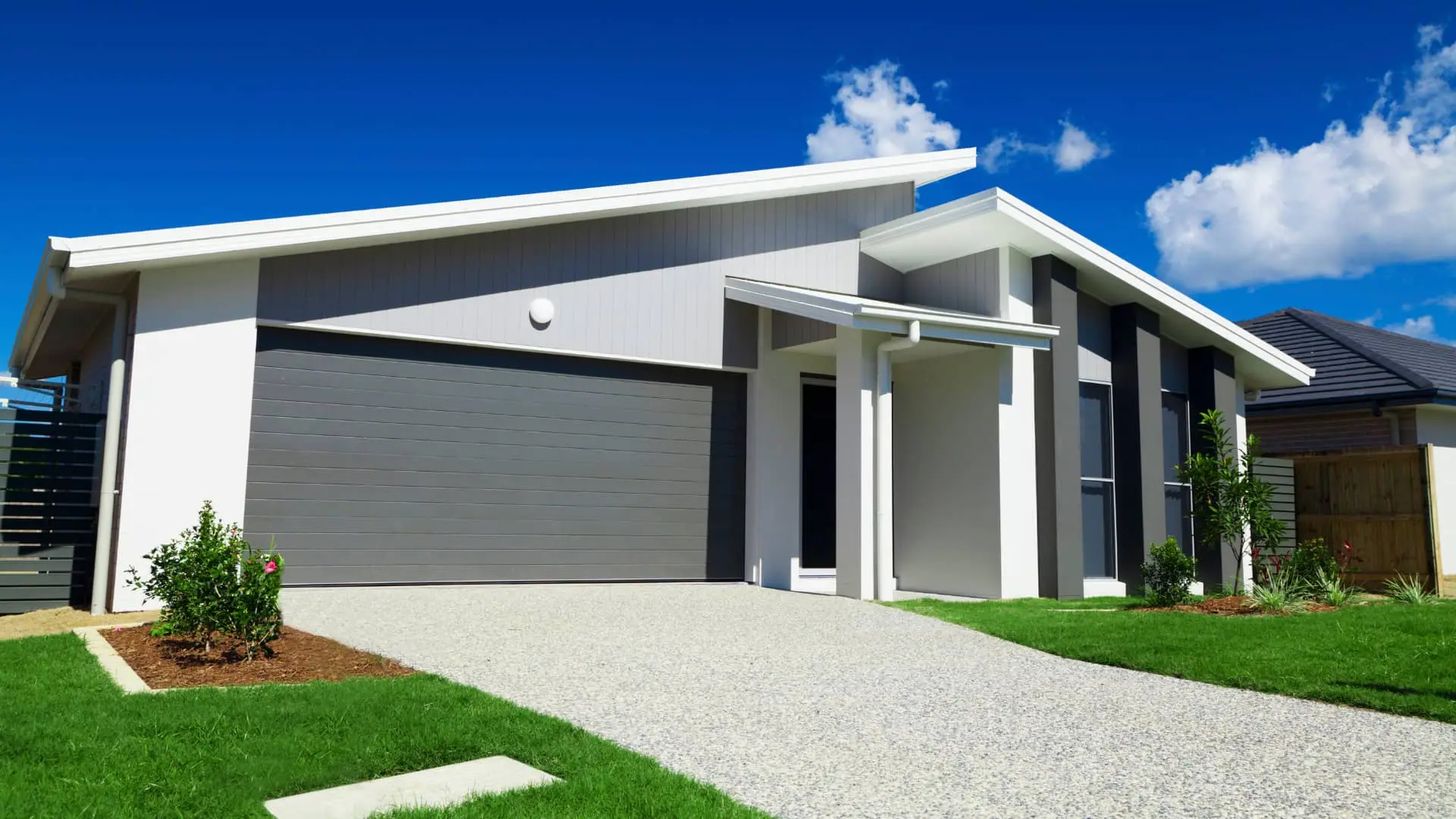The amount of energy your household uses is an important figure for just about anyone — especially during times like an energy crisis.
Your energy usage is fairly easy to find out by checking your home energy meter regularly, but this only answers part of the question. How do you know how much you’re using compared to other households? And how much does the typical household use anyway?
The answer can vary quite a bit. Since we’re based in Queensland, we were curious to see how the homes in the state stacked up against other parts of Australia when it came to energy consumption.
In this article, we’ll take a look at some of the main factors that influence how much energy a household uses, how homes in Queensland compare to those in other states, and how solar power can help you save energy.
How Much Energy Does a Home Use: Important Factors
The amount of energy a household burns through in a typical year depends on a wide range of different factors. Here are some of the most important things impacting your overall energy usage.
Your Location
The area your home is located in can have quite a big impact on how much energy you use. In Australia, there are some pretty big differences between states in terms of how much power a typical home needs to get through the year.
Queensland stacks up fairly well here, with a typical household consuming 5535 kWh each year, according to the AER 2020 Residential Energy Consumption Benchmarks report. Households in Tasmania, on the other hand, get through a whopping 8619 kWh every year.
The Climate You Live In
The weather and climate conditions your home experiences year-round have a significant impact on the amount of energy it consumes. The luckiest areas in this regard are places that remain warm and temperate all year round — like Sydney, where the average household racks up just 5,154 kWh of usage in a year.
Homes in colder areas, like Hobart, need more power to stay warm and use 7,229 kWh over the course of a year. Mackay, Queensland is fairly lucky in this regard — its tropical climate with humid summers and warm winters means households here can save on heating bills in the winter, but rely on A/C which brings up the cost.
The Size of Your Home
The bigger your home, the more it will cost to keep it running — that’s generally how it goes. Of course, you can still cut down on utility costs by being smart with your usage, investing in the right insulation and cooling features, and choosing the right provider. Usually, though, bigger homes simply use much more energy.
The Number of People in Your Household
If you live alone, you’ll likely consume less in utilities than a family with several children. Again, it’s possible for larger families to reduce their consumption in all kinds of different ways, but the simple fact remains that keeping multiple people warm, cool, fed, washed, and entertained requires a lot more energy than just one.
Your lifestyle plays a role here, too — for example, people who work from home and spend a lot of time at home will use more energy than people who are out of the house all day.
How Your House Is Built
Some houses are just better at conserving energy than others. Modern houses usually come with features like effective insulation, double- or triple-glazed windows, and other energy-saving design features. Older homes, on the other hand, tend to require a lot more energy due to their less efficient design.
Can You Save Energy by Switching to Solar?
Solar power is one of the most sustainable and eco-friendly ways to fuel your home, and it can also result in impressive cost savings over time as you gain energy independence. But can solar power help you use less energy overall?
The short answer is “yes”, but the extent to which you can save energy with solar depends quite a bit on where you live. Finder.com.au’s analysis of AER’s report found that certain climates — typically warm, temperate climates like Sydney — saved less money with solar than areas with hot summers and cool winters.
Households in Queensland, with its humid summers and warm winters, saved an average of 344 kwH per year with solar — an impressive result.
Switch to Solar the Smart Way
At SnapSolar, we help households in Mackay and the surrounding Queensland area choose, install, and maintain solar panels. Contact us to find out more and get started.
Get Your FREE Quote Today & Save $$$!
Contact our team today and we'll get back to you as soon as possible to discuss your solar needs!
Get a FREE QuoteRelated Articles.

What is a Solar Power Purchase Agreement (PPA)?

Jackson Wyer

How Much Energy Does a Solar Panel Produce?

Jackson Wyer

The Hidden Costs of Interest-Free Finance for Solar

Jackson Wyer

